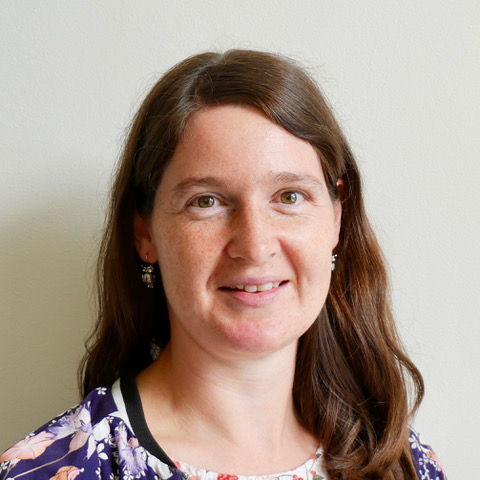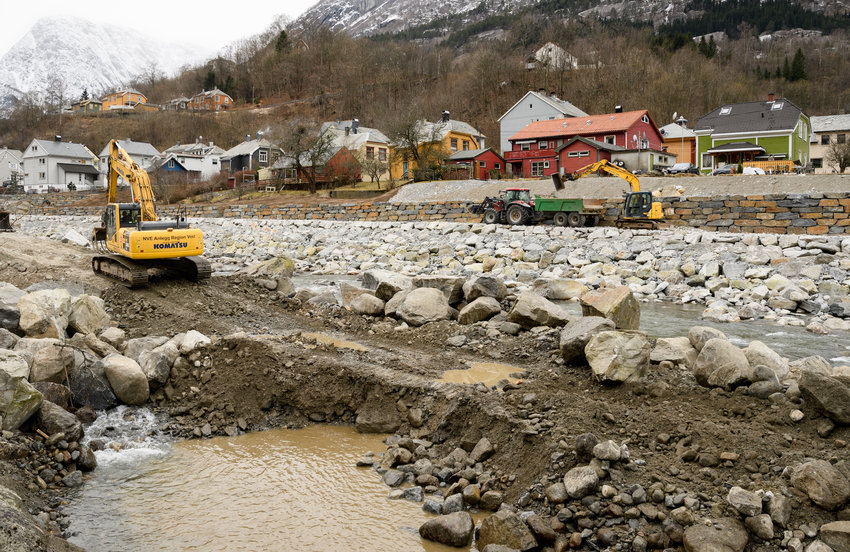«Five questions » is a series that gives you insight into the people who work with and around Climate Futures. In the following, you will get to know Helene R. Langehaug, who works as a senior researcher at the Nansen Environmental and Remote Sensing Center.

Tell us a bit about your background
I’m educated in physical oceanography at the University of Bergen with a doctoral degree from 2011. My hometown is Haugesund, but I have now lived half my life in Bergen and Askøy. Many often find my dialect confusing.
What is your role at NERSC?
I have worked at the Nansen Center since 2008, when I started my PhD studies, and now I’m a senior researcher in the research group ‘Climate Dynamics and Prediction’. The focus in the work is to study the ocean (circulation and water masses) in the North Atlantic – Arctic region, often with focus on longer (decadal) time scales. My main tool is global ocean models and climate prediction models, and especially the Norwegian Climate Prediction Model (NorCPM).
In what way are you/ your organisation involved in Climate Futures?
The Nansen Center produce seasonal predictions from NorCPM, which is used in the prognosis from Climate Futures (https://klimavarsling.no). I recently started in Climate Futures (since January 2023) and leads the Sustainable food production – ocean. I will focus on collaboration with the Institute for Marine Research, where we together will work on how predictions from NorCPM can be applied in our oceanic region.
What do you like best about your job?
There are many different tasks in being a researcher. I especially like when I have opportunity to analyze new data sets and find new relationships. It is also rewarding to be a supervisor and to work with outreach. One of the best things with my job is to get to know people from so many countries and cultures.
What do you think about the possibilities that can come out of Climate Futures?
Climate Futures is exciting because the project is very close to applications of our science. I think we can find new possibilities where climate prediction can give useful information to industries that work with life in the ocean and coastal regions.

